Introduction
Abalone, a prized marine gastropod mollusk, has been a culinary delicacy across cultures for centuries. Revered for its sweet, briny flavor and tender texture, this sea snail is often featured in high-end dishes, from sushi to stews. However, like many seafood species, abalone has specific anatomical parts that are unsafe or inedible for human consumption. Navigating the do’s and don’ts of abalone preparation requires a clear understanding of its biology. This article delves into the anatomy of abalone, identifies which parts are inedible, and explains the scientific and safety reasons behind these guidelines. By the end, readers will be equipped to handle abalone safely and confidently, whether they are harvesting it wild or cooking it at home.
The Anatomy of Abalone: A Brief Overview
To comprehend which parts of abalone are inedible, one must first familiarize themselves with the creature’s structure. Abalones belong to the family Haliotidae, characterized by their flat, ear-shaped shells and muscular feet. Their bodies are divided into several key components:
- The Foot: This is the large, muscular organ that abalones use to cling to rocks and substrates. It is the primary edible part of the animal, prized for its dense, meaty texture.
- The Viscera (Intestines and Liver): Located beneath the shell, the viscera house the digestive organs, including the intestines, liver, and kidneys.
- The Gonads (Reproductive Organs): Depending on the species and season, abalones may have distinct male or female gonads, which are involved in reproduction.
- The Roe (Eggs): In female abalones, the roe appears as small orange or yellow sacs during spawning seasons.
- The Epipodium: A frilly, sensory structure extending from the foot, used to detect food and environmental changes.
- The Shell: The iconic, colorful shell that protects the abalone’s soft body.
- The Mouth and Radula: A small, tooth-like structure used for scraping algae off rocks.
While the foot is universally considered edible, other parts require careful handling. Let’s explore which sections are inedible and why.
Inedible Parts of Abalone and Their Risks
- The Viscera (Intestines and Liver)
The viscera, often referred to as the “guts” or “offal,” are the most critical parts to avoid. These organs filter toxins from the abalone’s environment, including heavy metals, algal toxins, and pollutants. For example, abalones feeding on toxic algae (such as those causing paralytic shellfish poisoning) can accumulate these compounds in their digestive systems. Consuming the viscera may lead to severe foodborne illnesses, including nausea, vomiting, and neurological symptoms.
Scientific Context:
Studies have shown that the liver, in particular, acts as a detoxification organ, accumulating harmful substances like cadmium and mercury. A 2018 research paper in Marine Pollution Bulletin highlighted that abalone liver samples from contaminated coastal areas contained up to 15 times the safe limit of heavy metals. Removing the viscera is not just a culinary preference but a public health necessity.

-
The Epipodium
The epipodium, while not toxic, is fibrous and tough, making it unpalatable. It lacks the tender texture of the foot and is often discarded during cleaning. Some cultures may use it for broth or stock, but it is never consumed raw or as a main ingredient. -
The Shell
The shell is inedible and poses a choking hazard if ingested. However, it is often repurposed for crafts, jewelry, or as a decorative serving dish. When preparing abalone, the shell must be pried open carefully to avoid damaging the foot. -
The Mouth and Radula
The radula, a rasping structure used for feeding, is inedible due to its chalky composition and sharp edges. It is typically removed during gutting. -
The Gonads and Roe (Conditional Edibility)
The edibility of the gonads and roe depends on the species and local regulations. In some regions, such as Japan, abalone gonads (kona) are considered a delicacy, often served raw or lightly seared. However, in other areas, they are avoided due to potential bitterness or texture issues. Roe, while edible in theory, is rarely consumed outside of specific culinary traditions, as it can impart a strong, fishy flavor.
Important Note:
Pregnant individuals or those with compromised immune systems should avoid consuming raw or undercooked gonads/roe due to the risk of bacterial contamination.
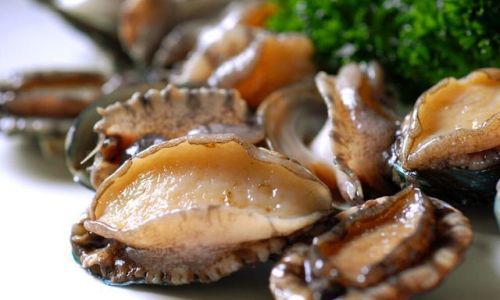
Preparation Techniques: How to Safely Clean Abalone
Proper cleaning is essential to remove inedible parts and ensure food safety. Here’s a step-by-step guide:
-
Remove the Abalone from the Shell:
- Use a blunt instrument (e.g., a spoon) to gently pry the foot away from the shell. Avoid puncturing the viscera.
- Cut the adductor muscle, which attaches the foot to the shell, using a short, sharp knife.
-
Detach the Viscera:
- Locate the dark, veiny mass beneath the foot. This is the intestines and liver.
- Carefully slice it away, ensuring no traces remain on the foot.
-
Trim the Epipodium:
Peel off the frilly epipodium using your fingers or a knife. Discard it.
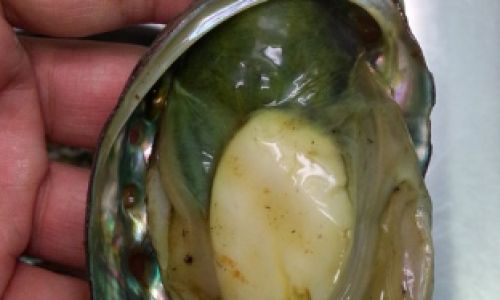
-
Remove the Mouth:
Locate the small, black mouth at the base of the foot. Cut it out using a paring knife.
-
Rinse Thoroughly:
Rinse the foot under cold running water to remove any residual grit or viscera.
Safety Tips:
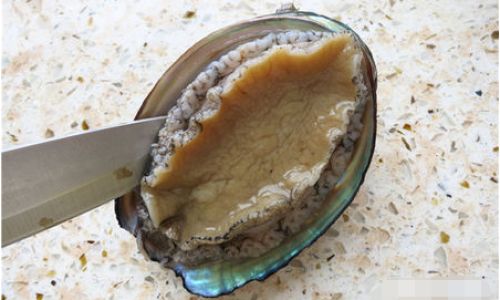
- Wear gloves when handling abalone to protect against sharp shell edges.
- If harvesting wild abalone, check local regulations regarding size limits and seasonal closures to prevent overfishing.
- Cook the foot thoroughly to eliminate parasites, though many chefs prefer it tenderized and seared.
Cultural Perspectives on Abalone Consumption
Abalone’s culinary reputation varies globally. In East Asia, particularly China and Japan, it is a symbol of luxury, often served as sashimi or in hot pot. In Western cuisines, it is typically pan-fried or grilled. However, cultural practices sometimes influence edibility perceptions:
- In New Zealand, Māori communities traditionally consumed abalone (pāua) whole, including the viscera, but this practice has declined due to modern food safety standards.
- In South Africa, abalone (perlemoen) is critically endangered, and consumption is heavily regulated, with only the foot legally sold.
Environmental and Ethical Considerations
Overharvesting has pushed many abalone species to the brink of extinction. The black market for abalone, particularly in Asia, fuels illegal poaching, disrupting marine ecosystems. Sustainable practices, such as aquaculture and responsible fishing quotas, are vital to preserving this species for future generations.
Conclusion
Abalone is a culinary treasure, but its preparation demands respect for its anatomy. The viscera, epipodium, shell, and mouth are inedible due to toxicity, texture, or safety concerns. By understanding these boundaries and adhering to proper cleaning techniques, enthusiasts can enjoy this delicacy without risk. As global demand grows, balancing gastronomic pleasure with conservation efforts remains paramount. Whether you’re a chef, a home cook, or a conservationist, recognizing the limits of abalone consumption ensures both personal safety and ecological sustainability.
Final Thoughts
Next time you savor abalone, remember the intricate biology behind each bite. From the ocean floor to your plate, this mollusk embodies the delicate balance of nature and human ingenuity. Handle it with care, and it will reward you with a taste of the sea unlike any other.



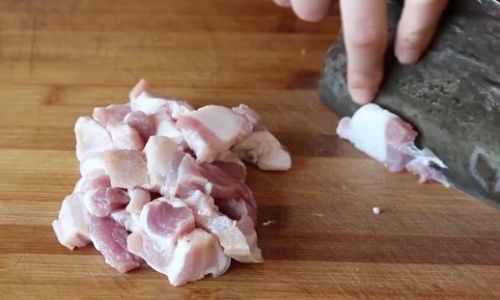

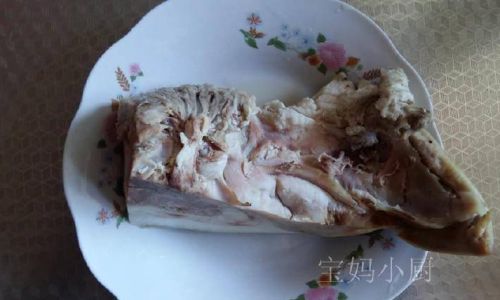
0 comments